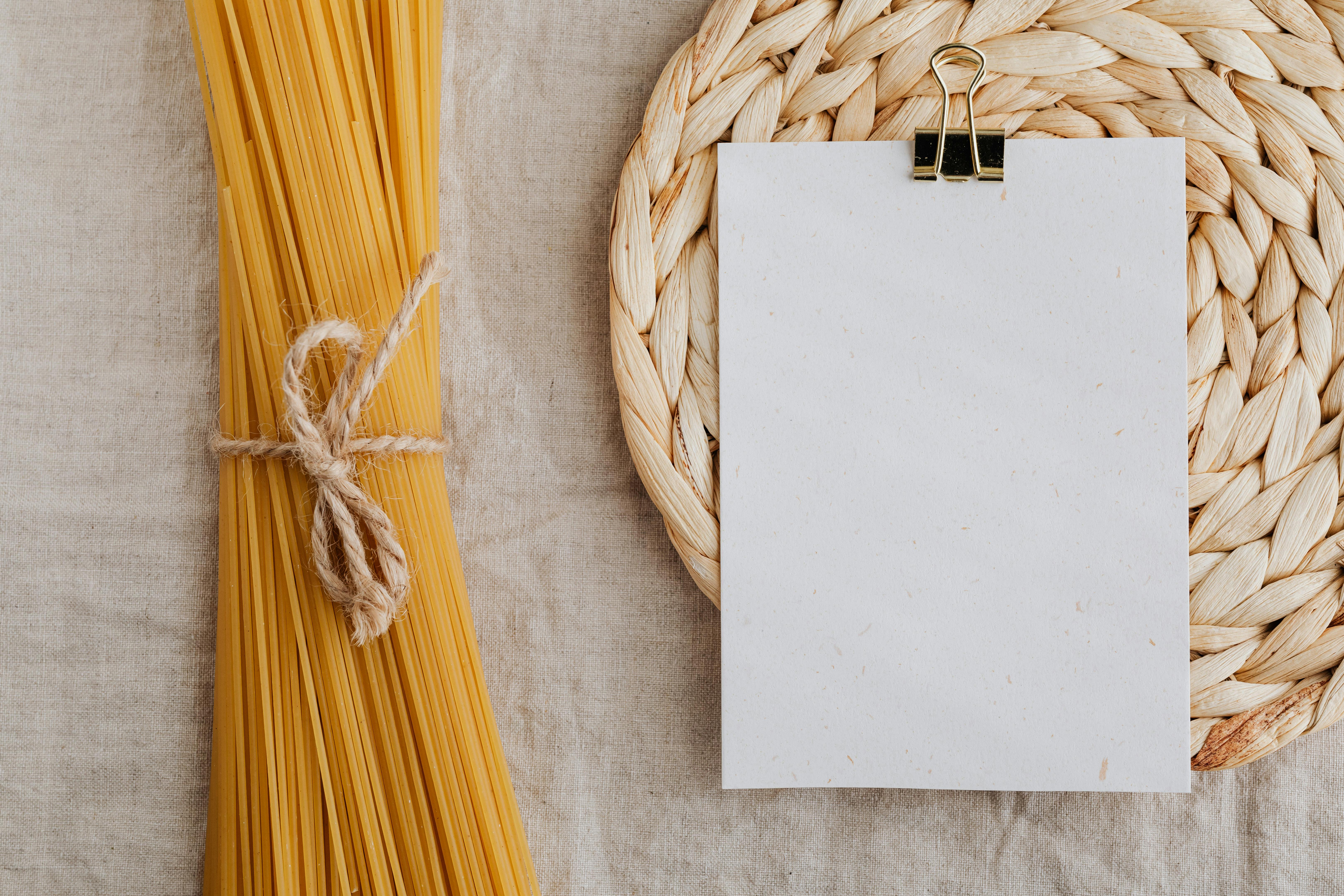The allusion that seems to be made, that the natural stone installed in your home is hazardous to your health, is mentioned repeatedly on the website and on a recent local Houston television news program.
It is interesting to note that the two main contributors to this non-profit organization are engineered stone manufacturers. One of those contributing manufacturers has a marketing executive on the board of directors of this particular organization.
From what may be perceived on the surface as perhaps another “go green” ad campaign, appears to be a different take on the ongoing battle of engineered stone manufacturers against natural stone.
Keep in mind that granite, like most natural components found in building materials, allows the passage of vapors that may contain trace amounts of radon. Very small amounts of uranium are found in trace minerals such as biotite in some natural stones. When mining from a quarry, if a large clump of biotite is exposed, the initial result would be a radon reading. However, once a piece of granite or natural stone exposed to a large amount of uranium-rich ore in the ground is removed from the source and exposed to air, the radon vapor transmission would be drastically weakened and then dissipated. . Simply put, think of natural stone as a very dense sponge that allows water, air, and radon to pass through the stone. Once the stone is removed from the radon source (the soil), the stone has no radon to filter through.
We support testing for radon, but to suggest that natural stone is a major contributor seems ridiculous.
Here are some facts about radon:
WHERE DOES RADON COME FROM?
“Radon comes from the natural radioactive decay of radium and uranium found in the soil under the house. The amount of radon in the soil depends on the complex chemistry of the soil, which varies from house to house. Levels Radon in soil varies from a few hundred to several thousand pCi/L.The amount of radon that escapes from the soil to enter the house depends on the climate, soil porosity, soil moisture, and suction within the house. home”.
HOW DOES RADON ENTER THE HOUSE?
“Houses act like big chimneys. As the air in the house heats up, it rises and filters through the attic openings and around the upper story windows. This creates a little suction at the lowest level of the house. , drawing radon out of the ground and into the house (much like natural stone filters out radon emission, as mentioned above). You can test this on a cold day by opening a top-story window an inch. You’ll notice that the Warm air from the house is blown out through that opening, but if you open the basement window an inch, you’ll feel the cold air from outside coming in. This suction is what pulls the radon out of the ground and into the house. which will stop caulking cracks and openings in the basement floor.radon from entering the home.However, scientific studies show that it only takes enough unsealed cracks or holes in the caulk to equal a 1/2 hole ” in diameter to let in all the radon. Caulking accessible cracks and joints is unlikely to permanently seal the openings that radon needs to enter the home. Radon levels will likely remain unchanged.
Fortunately, there are other extremely effective ways to keep radon out of your home. Across the country, several million people have already been tested for radon. Some houses tested up to 2000-3000 pCi/L; however, there hasn’t been a house that couldn’t mitigate to an acceptable level. The difference in reference to natural stone is that once the stone slab is removed from the source and exposed to the atmosphere, the radon is vented out in the same way that home ventilation mitigates radon emissions in the air. floor.
The radiation levels of granite products, which are technically measurable, are in fact small fractional values of established thresholds for environmental safety. The truth of the matter is that granite is a safe product. It has been used for thousands of years and the relationship between granite and radon has been studied for years and years. How safe is granite? Mathematical models have been developed showing that one could live in an all-granite house or building, even sleep on granite, for an entire year and still be within very safe levels of exposure.
Calculations show that if an average countertop traps an average uranium concentration of four ppm (parts per million), the concentration of radon emitted by the countertop into home air would be 270,000 times lower than the level of radon in outdoor air. The maximum contact level you would receive in a year if you were sitting on a counter all the time would be about a quarter of the annual radiation from all sources. If it were only a few inches from the granite (like when you wash dishes), the dose would be too low to measure.
To quote Donald Langmuir, PhD, Professor Emeritus of Geochemistry, Colorado School of Mines, and President, Hydrochem Systems Corp.
“To show just how laughable the concerns about radon emitted by natural stone are, the typical granite countertop in our example will release 7.4 x 10 -7 pCi/L of air. This corresponds to 2.7 x 10 -8 decays of atoms per second (dps).” This represents 0.85 disintegrations per year. In other words, the hob produces less than one atom of radon in a year. This is not worth getting excited about. I would suggest that a good way to reduce our exposure to radon in the outdoor air would be to build an airtight house with granite countertops! There are certain properties of rocks that can increase their radon emanation efficiency, or in other words, increase the release of radon from a given weight of rock. the exposure of internal or external rock surfaces to water or air, allowing radon gas to escape. This is probably true, however, a granite with such properties would be too brittle to make into a countertop and too open to polish, so it would not be marketable as a countertop unless the pores in the rock were first filled with a product. chemical. sealant. Such sealing would also eliminate any potential radon release issues.”
In a more recent study by LL Chyi, Ph.D. and professor of geochemistry and environmental geology at the University of Akron, Akron, Ohio. Dr. Chyi studied 13 of the most popular granites used in the United States as determined by an industry-wide survey. Due to their popularity, these 13 granites are believed to account for up to 85% of the granite countertop market in recent years. The types of granite are the following:
1. New Venetian Gold, Brazil; medium-grained yellow-beige gneiss with many dark red garnets
2. Uba Tuba, Brazil; A medium to coarse grained olive green granite
3. Santa Cecilia, Brazil; A coarse-grained, greyish-yellow gneiss with pie-sized red garnets
4. Tropic Brown, Saudi Arabia; medium grain brown granite
5. Absolute black, India; black basalt
6. Tan Brown, India; A dark brown igneous rock with large, shapeless, reddish-brown feldspar crystals.
7. Giallo Ornamental, Brazil; coarse-grained, yellow-brown granulite with some reddish-brown garnets
8. Cream Bordeaux, Brazil; Juparana Burgundy Cream (Brunello). A coarse to very coarse grained, pink to red granite with areas of quartz, alkali feldspar and quite a bit of mineral.
9. Baltic Brown, Finland; brown-black granite
10. Giallo Veneziano, Brazil; medium to coarse grained gneiss, ocher yellow to golden brown, also light pink
11. Mahogany Dakota, USA; medium to coarse grained, reddish brown granite
12. China Black, China, a fine-grained plutonic rock
13. Yellow Star, China, a medium grain yellow to pink granite
The test methodology was designed to measure the amount of radon each type of granite would add to the interior of a 2,000-square-foot, normally ventilated home with 8-foot ceilings. The results show that Cream Bordeaux (the most active in terms of radon emissions) would contribute a component concentration of less than 0.28 pCi/L, or less than 7% of the EPA recommended actionable level of 4.0 pCi /L. This amount of radon is well below a level that could cause health problems. Tropic Brown and Baltic Brown, ranked second and third in radon release according to Dr. Chyi’s tests, amounted to only 1% of this action level. The other granites tested added almost immeasurable amounts of radon to the house. Radon atoms in pore spaces and fractures are of minimal concern for granite countertops.
Dr. Chyi’s test results show that granites currently on the US market are negligible contributors to radon levels in the home. “Based on EPA test results and standards, we can conclude that the most popular granites used as countertop surfaces do not pose a health threat to homeowners. If proper sealing is applied once a year or with other frequencies determined by the industry, radon emanation can be further reduced.”
Daniel J. Steck, Ph.D., also ran a test on indoor granite and radon, and here’s what he said.
“The average radionuclide content of their building material samples is similar to that of other average samples of granite and other common earth-derived building materials, such as bricks and soil. Therefore, the amount of gamma radiation emitted by masses similar of these building materials will be approximately the same;
There is little sample-to-sample variation in the concentrations of radionuclides of the radon family; the radon flux is somewhat higher for counter squares than for smaller samples. This indicates that the effective diffusion length is only on the order of the thickness of the countertop samples, ie several centimeters. Therefore, material thicker than 2″ (5 cm) will most likely emit no more than countertop samples.
While we believe that health safety is a great concern, especially in our homes, it is reprehensible for an industry to attempt financial gain through “scare tactics” or under the auspices of “Ecology.” We urge the consumer not to be fooled by these scare tactics.









